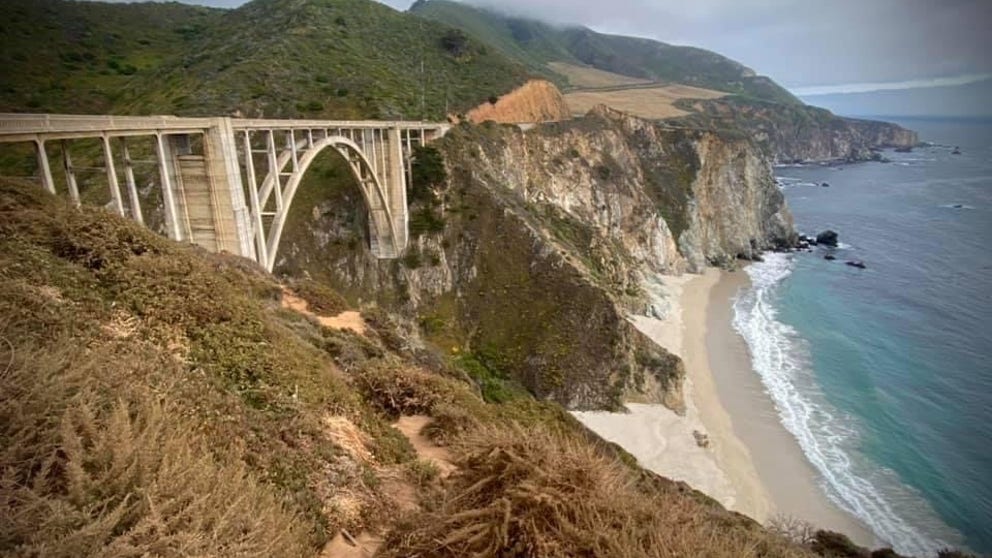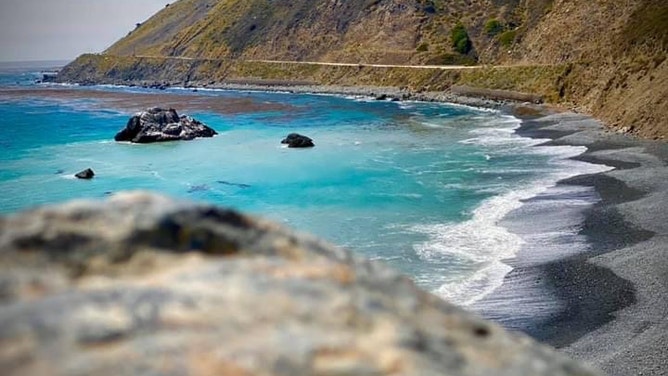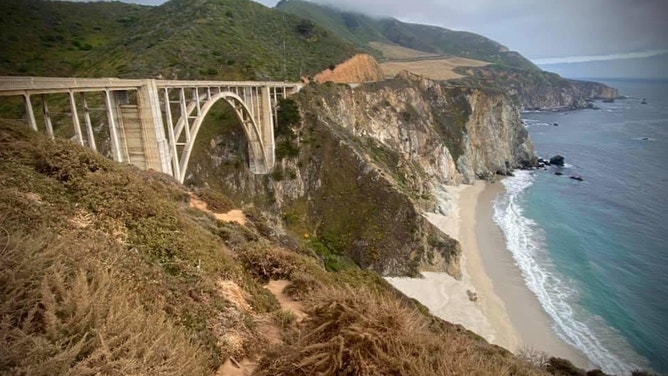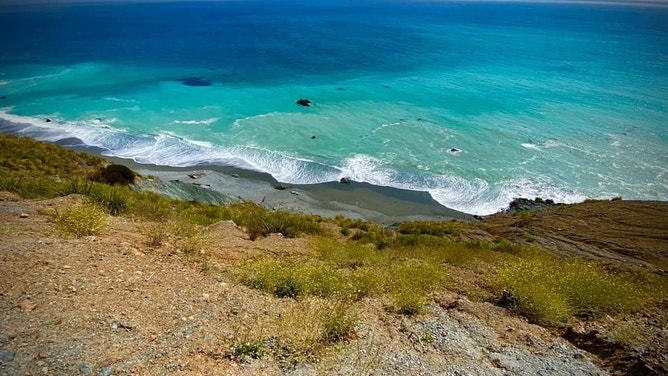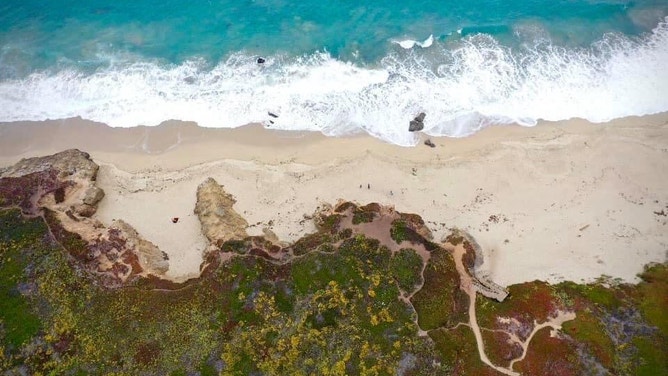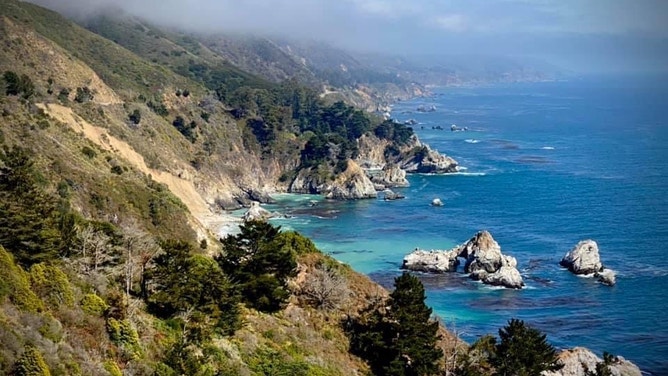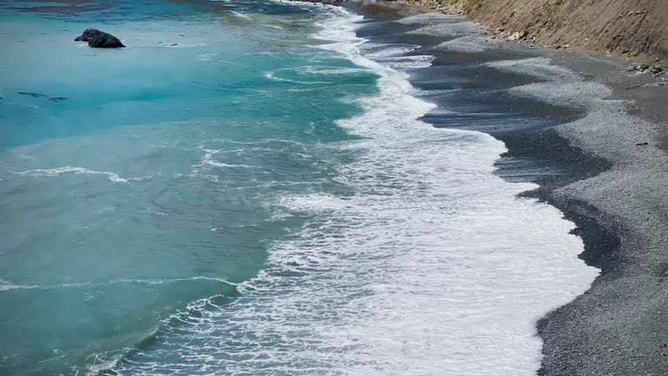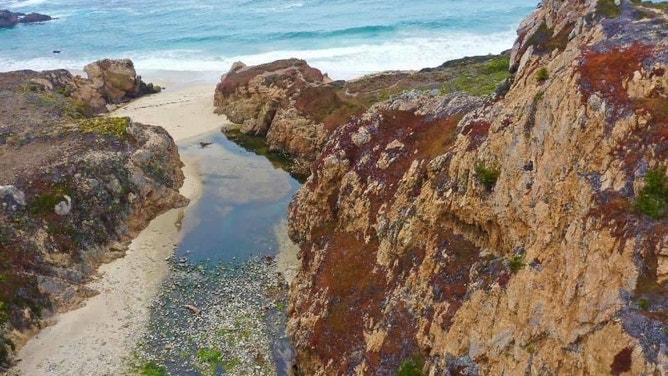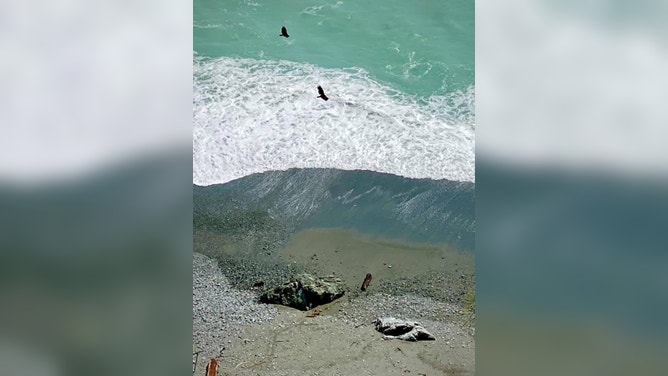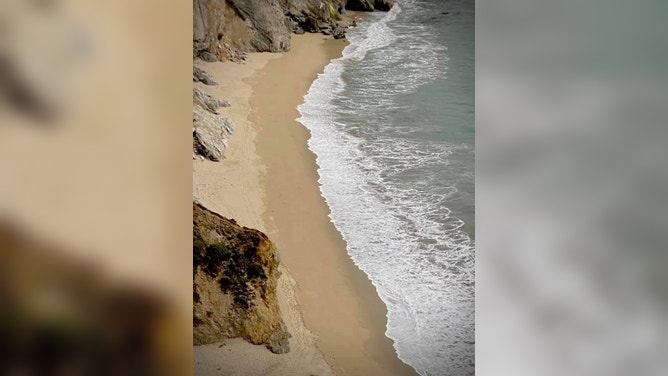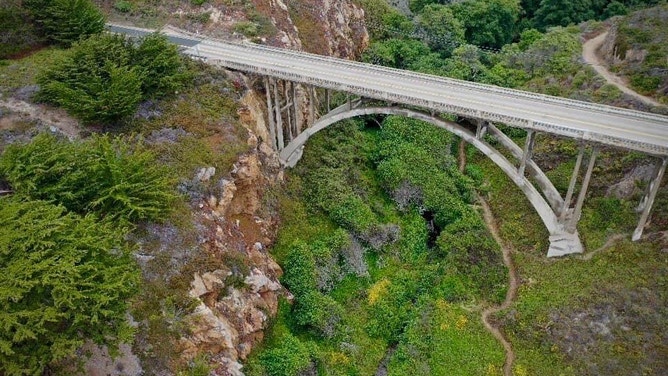Leading edge technology to help preserve California's Pacific Coast Highway
The highway was built in the 1930's and the region is geologically active. Landslides are customary. The road has been closed almost 60 times because of the constant pressure of weather-related events.
Pacific Coast Highway struggles to stay open
How California Transportation engineers are working to keep the Pacific Coast Highway open amid several natural and geological challenges.
BIG SUR, Calif. – For hundreds of miles, waves crash to shore and rugged mountain cliffs stand guard as sea lion elephants settle the shores.
A region known as Big Sur along the Pacific Coast Highway in Central California is a national treasure.
"The sheer drama; the precipitous nature of the San Lucia Mountain range, and you have so much of the coast where you are right on the ocean," says Kirk Gafill, owner of the Nepenthe Restaurant. "You can see the ocean crashing into the rocks, the mountains above you, the redwoods, amazing bird communities that live here and are both migratory."
Standing at the edge of a continent can be challenging. The two-lane highway has struggled to make it through a calendar year without a weather incident that closes a portion.
"Any glance at the topography would let you understand that gravity or moisture or rainfall is going to bring material down the hill," said Kevin Dabrinski, CalTrans Public Information Officer.
The highway was built in the 1930s, and the region is geologically active. Landslides are customary. The road has been closed almost 60 times because of the constant pressure of weather-related events.
"Over the last 10 years, we had one slide that closed the highway for 17 months," Dabrinski said. "We have had bridges wash out and keep the highway closed for most of a year, and most recently, in January of this year, we had a washout that washed out a 150-foot section of the road."
No one was injured, but California transportation engineers and contractor crews worked seven days a week to bring the $11.5 million project to the point where the road could reopen -- two months ahead of schedule.
"This is not just another highway in our highway system," Calif. Gov. Gavin Newsome said in April. "This is not just another roadway in the United States of America; this is Highway 1. We have resolved to make sure we preserve it, we protect it, and we invest in it."
Up and down the Pacific Coast Highway are ridges with boulders and debris that can get pushed down by heavy rains, storms and even earthquakes. But engineers have created a steep dive on the waterside of the highway to help the rocks clear down the ravine towards the ocean.
At Nepenthe restaurant, which has been serving locals and tourists for over 70 years, keeping this landmark stretch of road open is imperative to their survival.
"The weather affects Big Sur; it's very dramatic," Gafill said. "Whether it's fire or flood as it were, but it's an incredibly-resilient community, not only the people but really, the ecology."
According to many climate scientists and their research, because of a changing environment, the types of big storms that can batter California with heavy rain, fire and snow are projected to increase in intensity in the years ahead.
"The fire season, which is running longer, gives us a shorter window to prep for the winter, so that's one of the things we have to take into account going forward," Dabrinski said.
Innovative engineering designs will keep this vulnerable stretch of coastline accessible to the millions who traverse this scenic highway each year.
